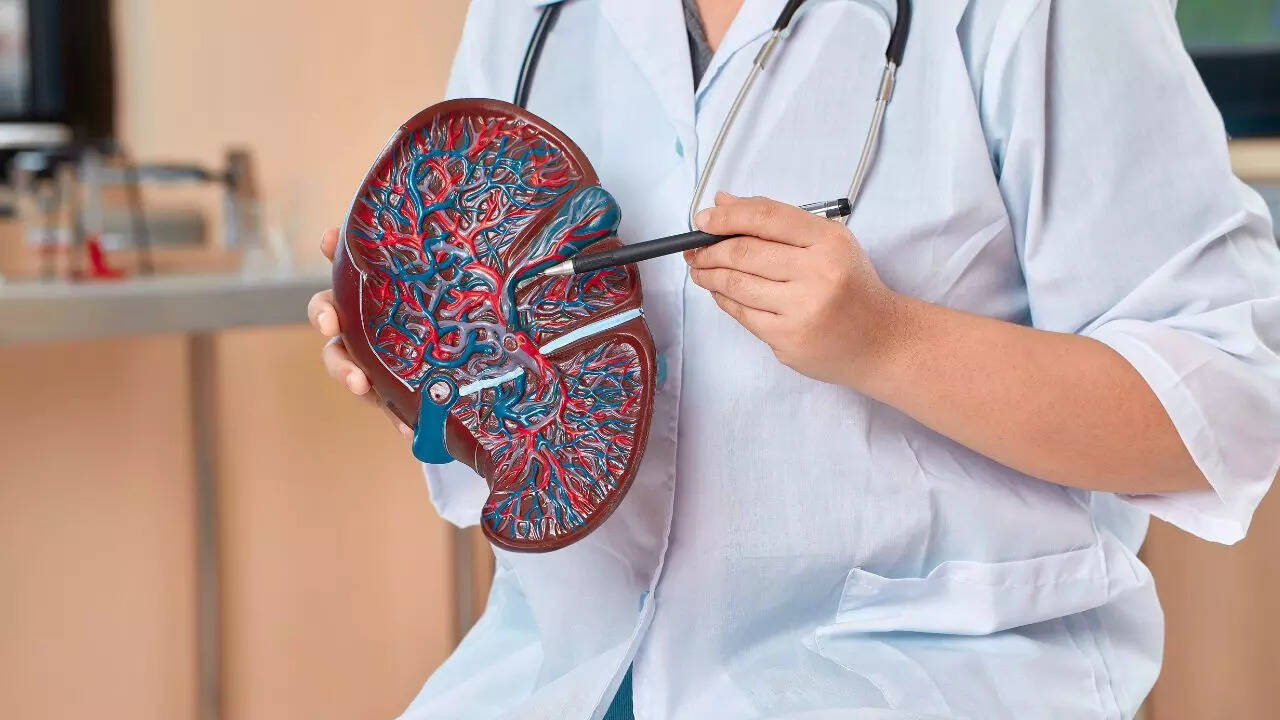Check Fatty Liver at Home by Watching for Subtle Body Changes
Check fatty liver at home by paying close attention to small but important changes in your body. Fatty liver disease occurs when fat accumulates in the liver, often without causing clear symptoms in the early stages. Because of its silent progression, many people discover the condition only when significant liver damage has already occurred. However, health experts suggest that certain physical signs can be noticed early, helping you detect potential liver issues before they become serious.

Check Fatty Liver at Home Through These Common Warning Signs
One of the earliest indicators to check fatty liver at home is unexplained weight gain around the abdomen. If you notice your waistline expanding despite no major changes in diet or activity, it may signal fat buildup in the liver. When the liver struggles to process fat properly, it gets stored in the body particularly around the waist. This is often linked to insulin resistance and should not be ignored.

Another important sign is persistent fatigue. The liver is responsible for energy regulation, and when it is under stress, energy production drops. Feeling constantly tired despite adequate rest can be an early warning sign of fatty liver disease. Many people dismiss this symptom as lifestyle-related exhaustion, but it could indicate deeper liver issues.
Check Fatty Liver at Home by Monitoring Physical Discomfort
A more direct sign to check fatty liver at home is discomfort below the right rib cage. The liver is located in this area, and inflammation caused by fat buildup can create a dull, persistent ache. This discomfort may become more noticeable after meals or physical activity. Although it is not usually severe pain, its consistent presence especially alongside other symptoms should prompt medical evaluation.

Changes in your skin and hair can also reveal liver problems. Fatty liver interferes with toxin removal and hormone balance, leading to external changes such as dry, itchy skin, unusual rashes, or yellowing of the skin and eyes in advanced cases. Hair thinning and sudden hair loss are also common. If these changes occur without other clear causes, they might be linked to liver dysfunction.
Check Fatty Liver at Home by Observing Digestive Symptoms
Digestive changes are another way to check fatty liver at home. People with early-stage fatty liver often experience mild nausea or a reduced appetite. These symptoms occur because the liver struggles to support digestion when overloaded with fat. While occasional nausea might not seem serious, frequent episodes combined with other warning signs warrant further medical investigation.

Experts emphasize that early detection is key to preventing complications like inflammation, fibrosis, or cirrhosis. Fatty liver disease is reversible in its early stages, but once scarring occurs, treatment becomes more challenging. Recognizing these signs early allows for timely lifestyle changes and medical support.
Check Fatty Liver at Home and Act Early to Protect Liver Health
Understanding how to check fatty liver at home is not just about spotting symptoms it’s about taking preventive steps too. A balanced diet low in processed sugars and saturated fats, regular physical activity, weight management, and limiting alcohol consumption are all crucial for liver health. Periodic health check-ups and liver function tests are also recommended, especially for those with diabetes, obesity, or a family history of liver disease. Also Read: Dengue Cases Rising in Kolkata: Hospitals Report 10–20 New Admissions Daily, Health Authorities Step Up Vigilance
Conclusion
Check fatty liver at home by staying aware of subtle but significant signs like abdominal weight gain, unexplained fatigue, mild right-side discomfort, skin and hair changes, and digestive issues. These early indicators can provide valuable clues about your liver’s health and help you seek timely medical advice. Detecting fatty liver early is often the difference between a manageable condition and a serious, long-term liver disease.

